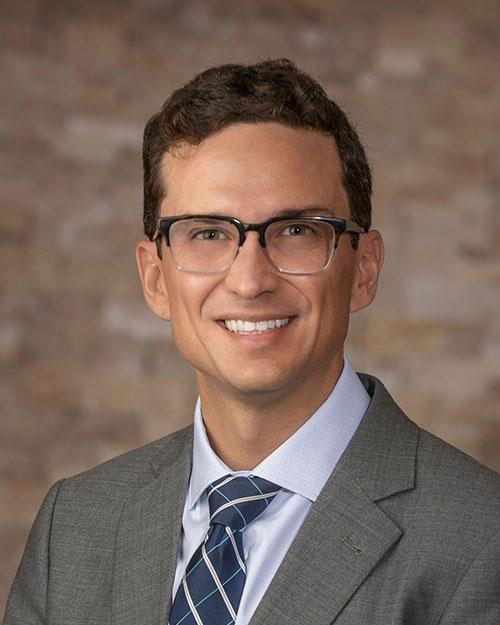Lung Cancer Screening and Risks: Early Detection Saves Lives
April 30, 2025
This article was reviewed by our Baystate Health team to ensure medical accuracy.
 Eduardo R. Nunez, MD
Eduardo R. Nunez, MD

Health & Wellness Tips
Back to Top



